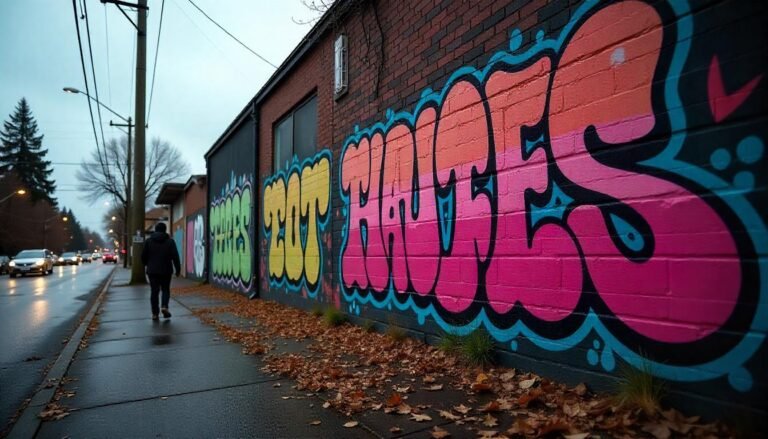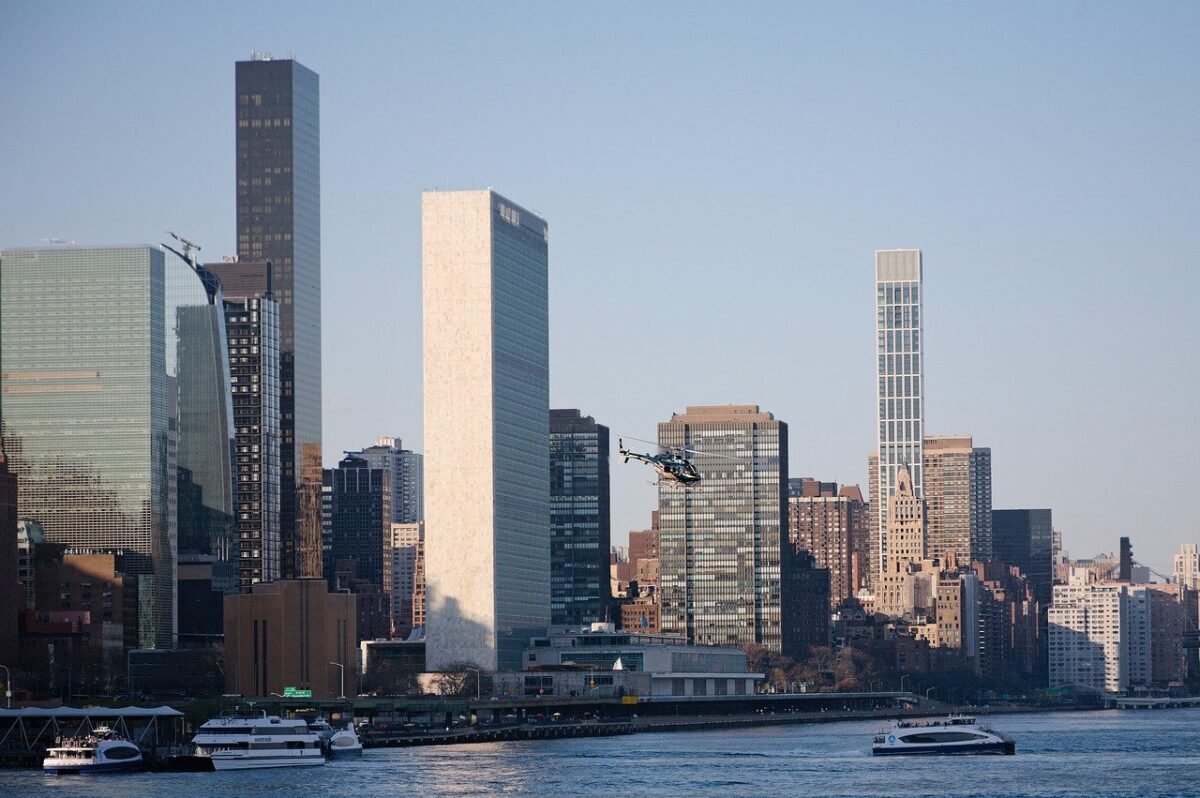Whether you’re planning to move to Washington State or just curious about how much daily life costs across its cities, this 2025 guide breaks it down city by city. From Seattle’s soaring rent to Spokane’s affordable groceries, we’ve done the research so you don’t have to. This post is built to help you plan smarter—and live better.
How We Calculated the Cost of Living in Washington (2025)
We’ve compiled this breakdown using real-time data from reliable sources like the U.S. Bureau of Economic Analysis, Numbeo, and local market reports. This guide considers:
Housing (rent/mortgage)
Utilities (electricity, water, internet)
Transportation (gas, public transit)
Groceries
Healthcare
Miscellaneous (entertainment, dining out, gym, etc.
Note: Cost of living is indexed against the U.S. national average (100). So, 120 means it’s 20% higher than the U.S. average.
1. Seattle – Expensive, But Opportunity-Rich

- Cost of Living Index: 151.
- Median Rent (1BR): $2,170/month.
- Median Home Price: $880,000.
Seattle remains Washington’s most expensive city in 2025, largely driven by tech salaries, housing demand, and high taxes. While public transportation via Sound Transit is robust, daily expenses are 50%+ higher than the national average. Groceries and dining out cost more too—expect to pay $6–$8 for a coffee downtown.
Good for: High earners, tech professionals, urban enthusiasts.
Watch out for: Rent spikes and traffic congestion.
2. Spokane – Affordable and Growing

- Cost of Living Index: 97.
- Median Rent (1BR): $1,210/month.
- Median Home Price: $390,000.
Spokane is one of Washington’s most budget-friendly urban centers. It’s ideal for those seeking a balance between affordability and city life. The city also offers stunning nature, a thriving arts scene, and better-than-average healthcare access.
Good for: Families, retirees, remote workers.
Watch out for: Lower wages compared to Seattle.
3. Tacoma – Budget-Friendly Alternative to Seattle

- Cost of Living Index: 106.
- Median Rent (1BR): $1,540/month.
- Median Home Price: $510,000.
Tacoma offers many of Seattle’s benefits—like job access and scenic waterfronts—without the extreme price tag. In 2025, it continues to attract younger professionals and families priced out of King County.
Good for: Commuters, young families.
Watch out for: Higher crime rates in certain neighborhoods.
4. Olympia – Capital City, Balanced Lifestyle

- Cost of Living Index: 101.
Median Rent (1BR): $1,420/month.
Median Home Price: $485,000.
Olympia blends political activity with artistic flair. It’s not the cheapest, but it offers good value. Groceries and utilities are average, and healthcare is top-tier, thanks to Providence St. Peter Hospital.
Good for: Government workers, creatives, nature lovers.
Watch out for: Slower-paced lifestyle.
5. Bellingham – College Town Meets Coastal Charm

- Cost of Living Index: 109.
- Median Rent (1BR): $1,600/month.
- Median Home Price: $610,000.
Bellingham is nestled between Seattle and Vancouver, BC. In 2025, it remains popular for Western Washington University students, retirees, and Canadians. Groceries and housing are a bit pricier, but it makes up for it with walkability and views.
Good for: Students, retirees, border commuters.
Watch out for: Limited job market outside education and healthcare.
6. Vancouver – Quiet, Clean, and Underrated

- Cost of Living Index: 99.
- Median Rent (1BR): $1,450/month.
- Median Home Price: $470,000.
Often overshadowed by Portland across the river, Vancouver offers low property taxes and a suburban vibe. Many residents work in Oregon but live in Washington to avoid state income tax.
Good for: Oregon commuters, young families.
Watch out for: Slower nightlife and entertainment scene.
7. Yakima – Low Cost, High Sun

- Cost of Living Index: 89.
- Median Rent (1BR): $960/month.
- Median Home Price: $295,000.
If sunshine, agriculture, and affordability are your priorities, Yakima fits the bill. It has one of the lowest living costs in the state. However, wages are lower and public transportation is limited.
Good for: Retirees, agricultural workers.
Watch out for: Limited healthcare access.
Average Monthly Expenses Comparison (2025)
| City | Rent (1BR) | Groceries | Utilities | Transport | Healthcare |
|---|---|---|---|---|---|
| Seattle | $2,170 | $460 | $240 | $190 | $410 |
| Spokane | $1,210 | $360 | $180 | $130 | $350 |
| Tacoma | $1,540 | $400 | $200 | $160 | $390 |
| Olympia | $1,420 | $390 | $190 | $150 | $380 |
| Bellingham | $1,600 | $410 | $210 | $160 | $390 |
| Vancouver | $1,450 | $395 | $185 | $140 | $370 |
| Yakima | $960 | $320 | $160 | $120 | $310 |
Tools to Compare Cost of Living
Here are some useful resources to help you calculate or compare:
Final Thoughts
Washington State’s cost of living varies drastically depending on where you go. Whether you’re eyeing Seattle for its tech scene or considering Yakima for its low housing prices, 2025 offers options for every lifestyle and budget. Always weigh housing, healthcare, job prospects, and quality of life—not just the rent.
Frequently Asked Questions (FAQ)
1. Is Washington an expensive state to live in?
Yes, especially cities like Seattle and Bellevue. However, places like Spokane and Yakima are far more affordable.
2. What’s the cheapest place to live in Washington in 2025?
Yakima and Spokane consistently rank as the most affordable.
3. Does Washington have a state income tax?
No. Washington State does not have a personal income tax, which makes it attractive for high earners.
4. Are utilities expensive in Washington?
They’re generally average to slightly above average. Hydropower helps reduce electricity costs in many regions.
5. What’s a livable salary in Seattle in 2025?
To live comfortably in Seattle, a single person should earn around $75,000–$85,000 annually.




